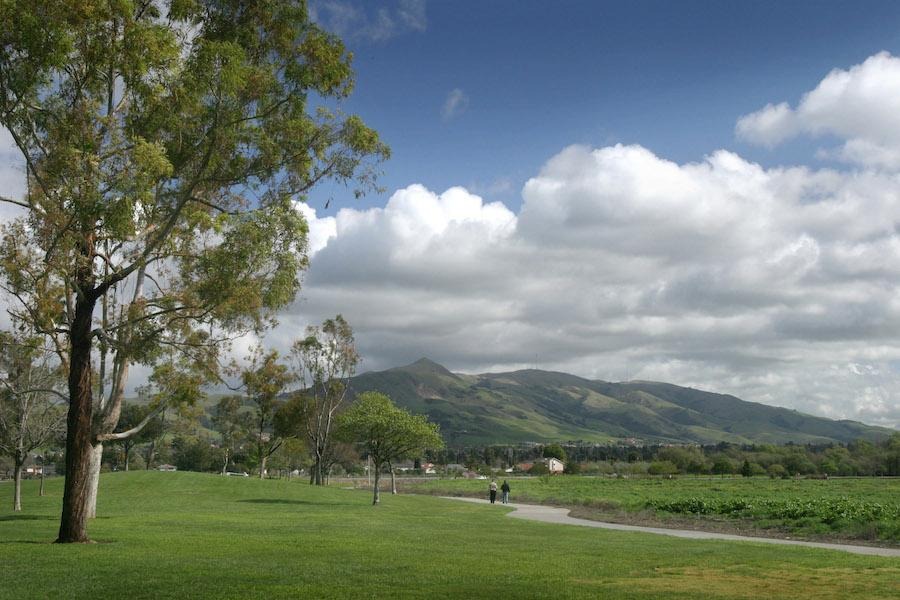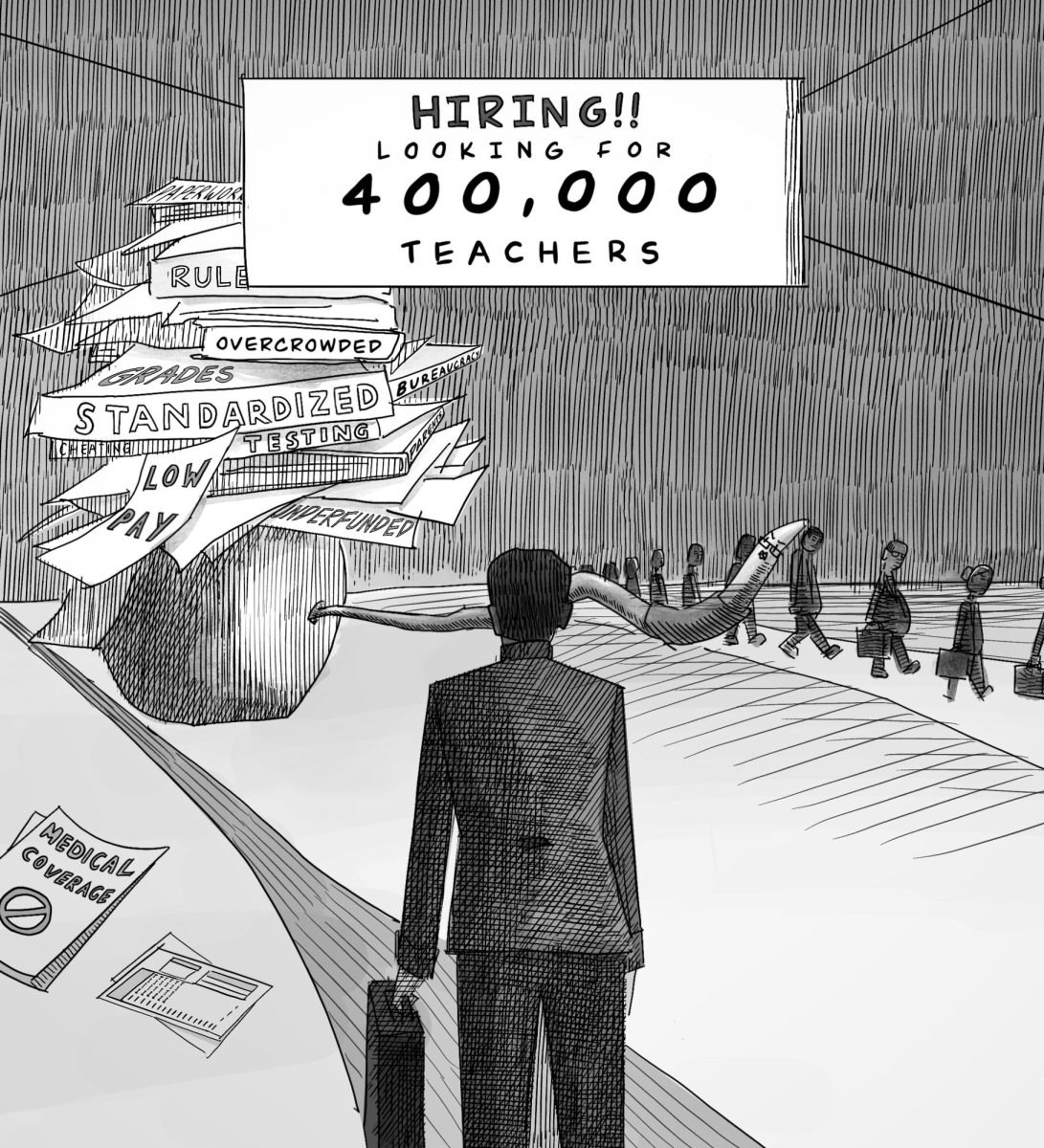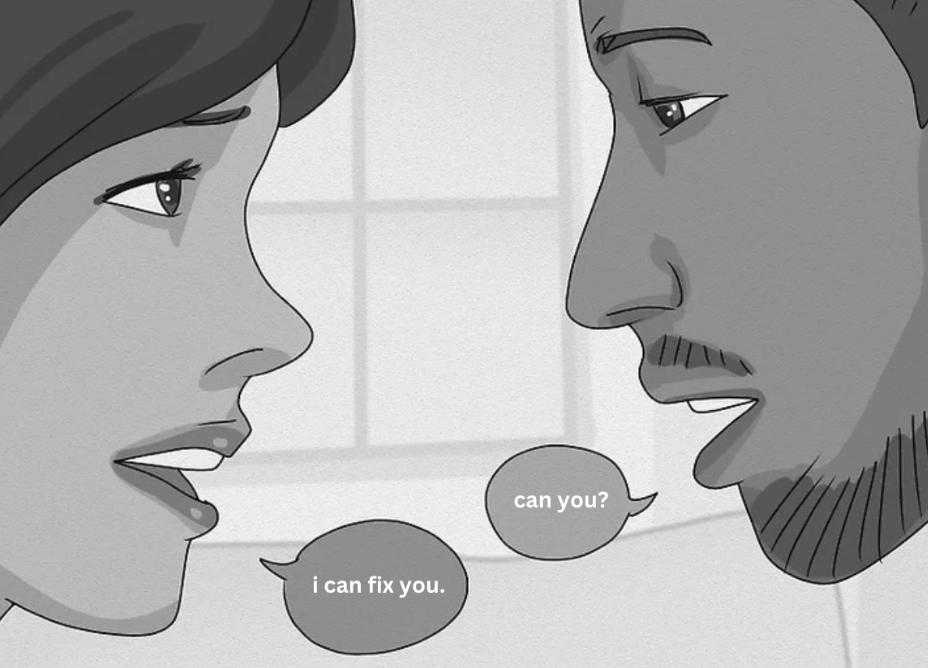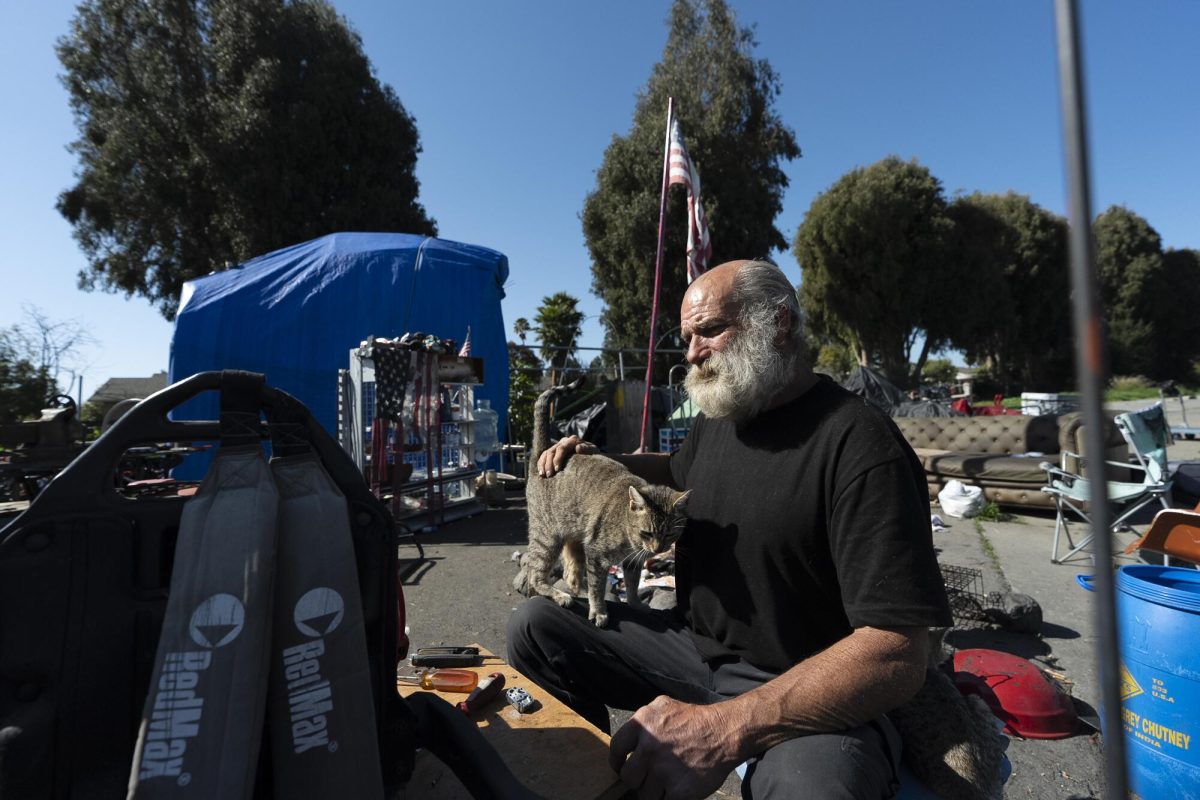How big businesses destroy the picturesque small town
By Chandni Patel | Student Life Editor
In the last few years, Fremont has had a total makeover. Pacific Commons sprung up in 2004, with the Block making an appearance in 2012. There are town houses and apartment buildings being built from Kato Road to the edges of Union City and Newark. BART stations are being built in the Warm Springs and Irvington districts even though one already exists in the Centerville district. The new developments just keep coming, with no end in sight. While a lot of people are heralding this growth as a turnover and chance for expansion, I think this urbanization of Fremont is ultimately going to ruin the town.
Fremont’s official website mentions that Fremont is the fourth most populated city in the San Francisco Bay Area with a population of over 200,000 people. Its location at the tip of Silicon Valley has made it a location of the headquarters for several large United States and foreign countries such as LAM Research and Asus. While Fremont is a suburban town, its size has allowed popular stores like Safeway and Walmart to relocate here. Fremont has also been hailed as the second safest city in the country by Business Insider. According to the US Census Bureau, less than 6% of the city’s population is below the poverty line. Obviously, Fremont has been doing pretty well for itself.
With all of this success, the urbanization of Fremont is completely unnecessary. The US Census Bureau states that more than half of Fremont residents are homeowners who have families and retirees looking for a peaceful place to live. Part of the reason families and seniors come to Fremont is the safety in the area. The expansion of the city is likely to put an end to the low crime rates in Fremont as the police department is stretched thinner and thinner in efforts to monitor all the new businesses and construction areas.
Families are a large source of revenue and they are the ones that we should be trying to attract. Instead, the expansion of businesses and BART are already leading to traffic congestion which is a decidedly unfriendly environment for families. The increase in traffic has already led to multiple motor accidents, forcing the police department to patrol school traffic more heavily than in the past. Although the new stations will connect the Centerville BART station to Caltrain and, by extension, the greater Bay Area, people waste extra time in traffic to reach them in the first place. Though the city is large in population, it is less than 90 square miles in geographic size. The new stations mean frequent stops which could be avoided by a single bus ride to the Centerville BART station. At the end of the day, no amount of convenience (or inconvenience as it may be) provided by the extension of BART is worth sacrificing the comfort and safety of Fremont residents.
The small town feel of Fremont also contributes to the appeal of the city. The unique districting of Fremont leads to smaller communities which foster a sense of familiarity and give parents the security that their children are cared for. Families are also attracted to Fremont’s many parks, a feature that has made Fremont one of the cities in Tree City USA, a program by the Arbor Day Foundation. As the population increases, the addition of apartments and town houses are quickly taking over open spaces, such as the former site of an old church from the 1960s that has stood for decades across from the Warm Springs Community Park. Building permits show that the development has the potential to significantly affect the environment if proper precautions are not taken. Instead of allowing building projects that could hurt our environment and unnecessarily cram 37 homes into a relatively small amount of space, the city should have discussed a use for the land that would help the community.
In 2010 and 2011 there were talks about the Oakland A’s possibly building “Ballpark Village” with plans for Cisco Stadium in Fremont. The idea horrified Fremont residents who fought vehemently against the plan at City Council meetings. The opposition to the idea built to the point that the plan was completely abandoned. Many of our own parents were part of the effort to stop the park from being built. Among the most popular arguments were the overcrowding, increased traffic and increased danger and crime that could spark from creating a baseball stadium in the middle of a family-oriented town. These same arguments apply here. The increased development of Pacific Commons, the Block, BART and houses will have the same detrimental effects to the health, safety, and attraction of Fremont as a small town.
One of the reasons that teenagers are so ready to accept the changes to our hometown is that we have forever over exaggerated the idea that there is nothing to do in Fremont. However, this city is all about your perception of it and how willing you are to find something to do. Fremont has so many parks that there is almost a guarantee that there is one within walking distance of your house. The city has long been home to places like City Beach, Sharks Ice, and multiple other businesses that boast fun activities for teens. Though Fremont is a suburb itself, big cities like San Francisco, San Jose and Oakland are a BART ride away. Young teens who complain about riding on BART alone are probably too young to go to these cities–which are many times more dangerous than Fremont–alone anyway.
In all, the development of Fremont is detrimental to its image and status as a successful small town with relatively little crime. The developments are unnecessary and discouraging to future residents. Fremont was doing just fine before the big changes that have been proposed and I believe it would be better off without them.












